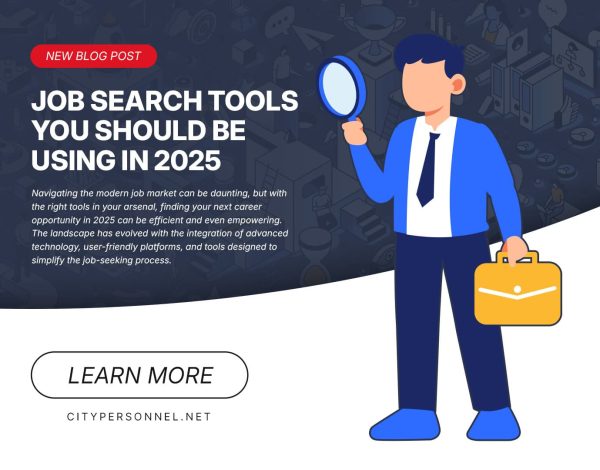Navigating the modern job market can be daunting, but with the right tools in your arsenal, finding your next career opportunity in 2025 can be efficient and even empowering. The landscape has evolved with the integration of advanced technology, user-friendly platforms, and tools designed to simplify the job-seeking process.
Here’s a breakdown of the best tools to use in 2025 and how they can revolutionize your job search.
1. AI-Powered Resume Builders
Gone are the days of generic resumes. In 2025, AI-powered resume builders, like Zety and Novoresume, are helping job seekers tailor their resumes to specific job descriptions. These tools analyze job postings and optimize your resume for Applicant Tracking Systems (ATS), which 98.4% of Fortune 500 companies now use.
Why Use Them?
- They increase the chance of your resume passing ATS scans.
- They suggest keywords and phrases aligned with the job description.
According to career expert Alison Doyle, “Many employers use applicant tracking systems to accept job applications. The closer a match you are to the requirements, the better your chances of getting selected.”
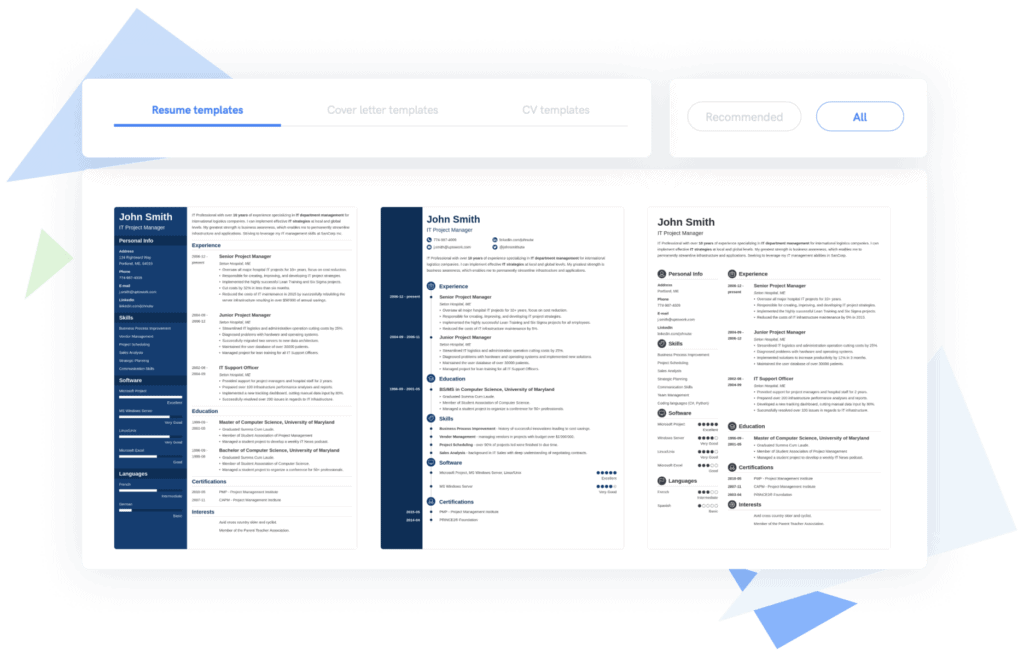
2. Professional Networking Platforms
While LinkedIn remains a dominant player, tools like Lunchclub are revolutionizing professional networking.
Lunchclub is an AI-powered networking platform designed to facilitate meaningful professional connections. By analyzing user profiles, interests, and goals, its advanced algorithms match individuals for one-on-one meetings, either virtually or in person. This approach aims to foster valuable relationships that can lead to career advancement, partnerships, or mentorship opportunities.
Key Features of Lunchclub:
- AI-Driven Matching: Utilizes artificial intelligence to pair users based on shared interests and professional objectives, ensuring relevant and productive interactions.
- Flexible Meeting Options: Offers both virtual and in-person meeting arrangements, accommodating diverse preferences and schedules.
- Personalized Networking: Tailors connections to individual career goals, whether seeking new business partnerships, exploring funding opportunities, or finding mentors.
Since its inception in 2018, Lunchclub has expanded its reach globally, connecting professionals across various industries. The platform’s emphasis on personalized, AI-driven networking distinguishes it from traditional networking sites, offering a more targeted and efficient way to build professional relationships.
Why Use Both LinkedIn and Lunchclub?
LinkedIn’s vast network, job postings, and content-sharing capabilities make it an essential platform for professional branding and engagement. Combining LinkedIn’s robust ecosystem with Lunchclub’s personalized, AI-driven introductions creates a powerful networking strategy, ensuring both broad exposure and meaningful one-on-one connections.
By leveraging both platforms, you can maximize your opportunities and build a diverse, high-quality professional network that aligns with your career goals.
3. Job Aggregators with Advanced Filters
Traditional job boards like Indeed, Glassdoor, and ZipRecruiter have been enhanced with advanced AI capabilities, offering job seekers powerful tools to refine their search and find the best opportunities. These platforms provide features like salary expectations, insights into company culture, and preferences for remote or hybrid roles.
Features to Look For:
- Real-time notifications for job postings that match your criteria.
- Company reviews to assess workplace culture before applying.
- Salary transparency, which has become a major priority for candidates.
A survey by Adobe’s Future Workforce revealed that 85% of Gen Z job seekers were “less likely” to apply for a job if the salary wasn’t listed, emphasizing the importance of using tools that provide this information upfront.
4. Virtual Interview Preparation Tools
With the rise of virtual interviews, tools like Google Interview Warmup and Big Interview are invaluable. These platforms use AI to provide feedback on your tone, body language, and even how often you say “um.”
Why It Matters:
By 2025, it’s projected that a significant majority of employers will conduct at least part of their hiring process online. Practicing with AI feedback ensures you’re putting your best foot forward, even in virtual settings.
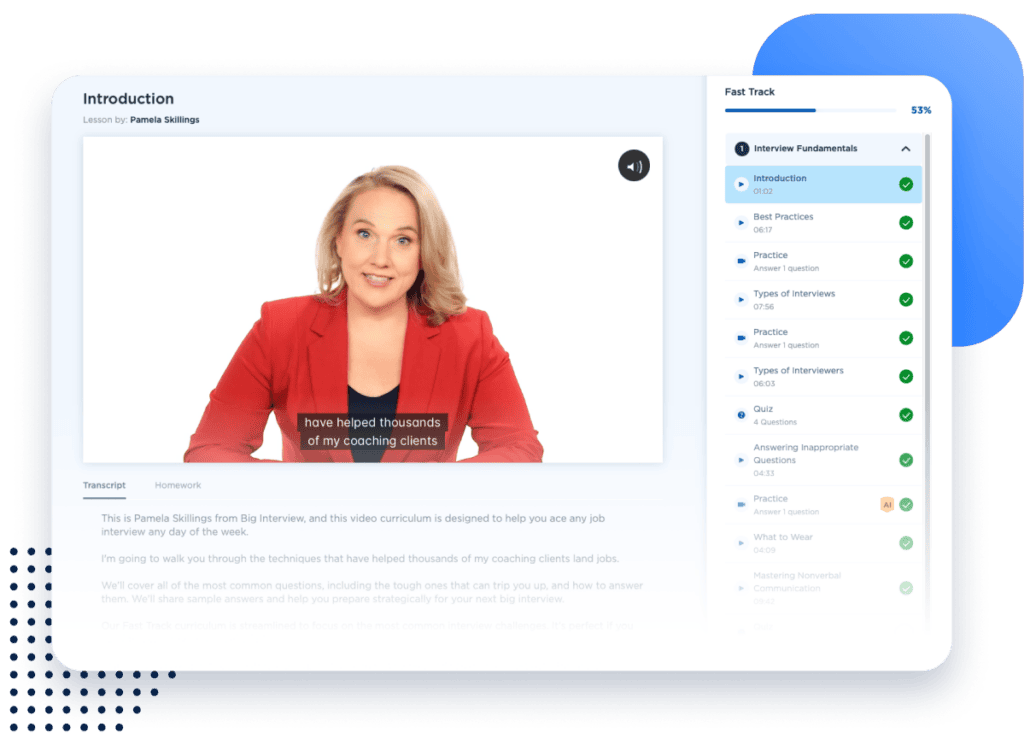
5. Skill Assessment Platforms
Employers in 2025 are prioritizing skills over degrees. Platforms like Test Gorilla and CodeSignal help job seekers showcase their expertise by providing assessments that can be shared directly with hiring managers.
Example Use Case: A software engineer can complete a coding challenge on CodeSignal and include their results in their application, proving their skills before an interview.
Josh Bersin, a global HR thought leader, notes, “In recruitment, a skills-centric approach lets you expand your network of candidates, often locating internal staff that may be a perfect fit for a job.”
6. Social Media for Job Search
Social media platforms have become pivotal in the job market, offering dynamic avenues for both job seekers and employers. LinkedIn, TikTok, and Instagram are at the forefront of this transformation, each contributing uniquely to the recruitment landscape.
LinkedIn remains a cornerstone for professional networking and job searching. With over 1 billion users, it serves as a primary platform for job postings and professional connections. Notably, 65 million people use LinkedIn for job searches each week, and six people are hired every minute through the platform.
TikTok has evolved beyond entertainment, becoming a significant player in career development. Hashtags like #CareerTok and #JobTips have garnered billions of views, indicating a growing trend of users seeking job advice and opportunities on the platform.
Instagram is increasingly utilized by companies to showcase their culture and post job openings. Its visual-centric approach allows employers to highlight their brand and engage potential candidates through stories, posts, and reels.
The integration of social media into recruitment strategies has led to a more interactive and immediate job search experience. Job seekers can now access a wealth of information about companies, engage with potential employers, and discover job opportunities in real-time. This shift underscores the importance of maintaining a professional online presence and leveraging these platforms to enhance career prospects.
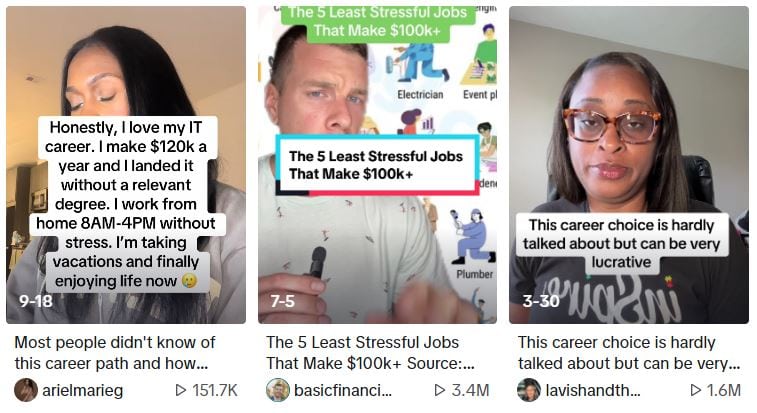
7. Salary and Market Research Tools
Understanding your worth in the job market is crucial for making informed career decisions and successful salary negotiations.
Tools like Payscale, Glassdoor, Salary.com, and Levels.fyi offer comprehensive salary breakdowns tailored to your location, experience, and industry. These platforms help job seekers benchmark their expectations against market standards, ensuring they are equipped to negotiate fair compensation or identify roles that align with their financial goals.
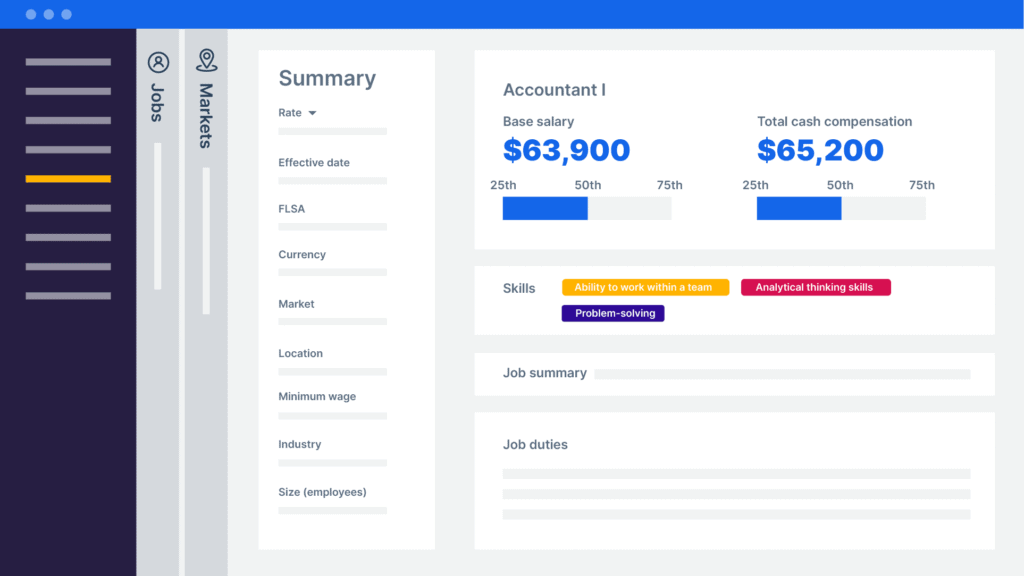
8. Freelance and Gig Economy Platforms
For those exploring freelance or gig opportunities, platforms like Upwork, Toptal, and Fiverr provide direct access to a wide range of high-paying projects across industries. These platforms cater to professionals with varying levels of expertise, from beginners to seasoned experts, making it easier to connect with clients worldwide.
As more companies adopt flexible workforce models, the gig economy continues to thrive, with an estimated 51% of the U.S. workforce expected to participate in freelance work by 2027 according to Statista.
This trend underscores the growing demand for skilled freelancers and the importance of leveraging these platforms to secure rewarding projects.
9. Well-Being and Time Management Apps
Job searching can be an overwhelming experience, often leading to stress and burnout. Fortunately, apps like Headspace and Trello are designed to support job seekers by improving time management and promoting mental well-being. Headspace offers guided meditations and mindfulness exercises to reduce stress, while Trello helps you organize and prioritize tasks effectively, ensuring a more structured and less chaotic job search process.
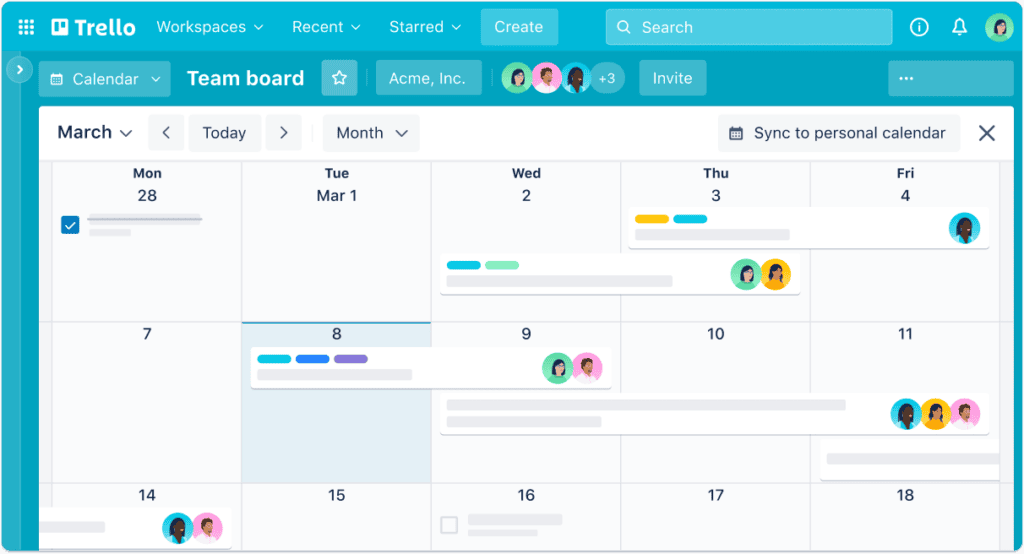
Final Thoughts
The job search process in 2025 is all about leveraging technology to work smarter, not harder. By using these innovative tools, you can streamline your search, stand out to employers, and land your dream job faster.
As Oprah Winfrey aptly said, “Doing the best at this moment puts you in the best place for the next moment.” Start optimizing your job search today and take control of your career journey.

